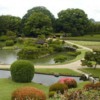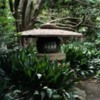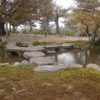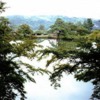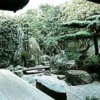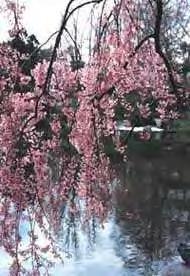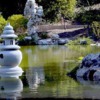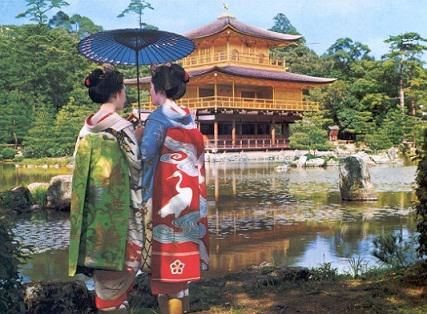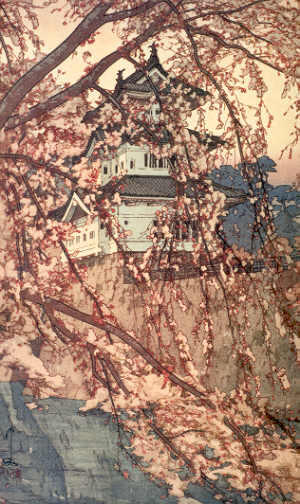Japanese gardens (Kanji 日本庭園, nihon teien), i.e. gardens in traditional Japanese style, can be found at private homes, in neighborhood or city parks, at Buddhist temples or Shinto shrines, and at historical landmarks such as old castles. Many of the Japanese gardens most famous in the West, and within Japan as well, are dry gardens or rock gardens, karesansui. The tradition of the Tea masters has produced highly refined Japanese gardens of quite another style, evoking rural simplicity. In Japanese culture, garden-making is a high art, intimately related to the linked arts of calligraphy and ink painting. Since the end of the nineteenth century, Japanese gardens have also been imitated in Western gardening.
http://en.wikipedia.org/wiki/Japanese_garden
Attachments
Original Post
